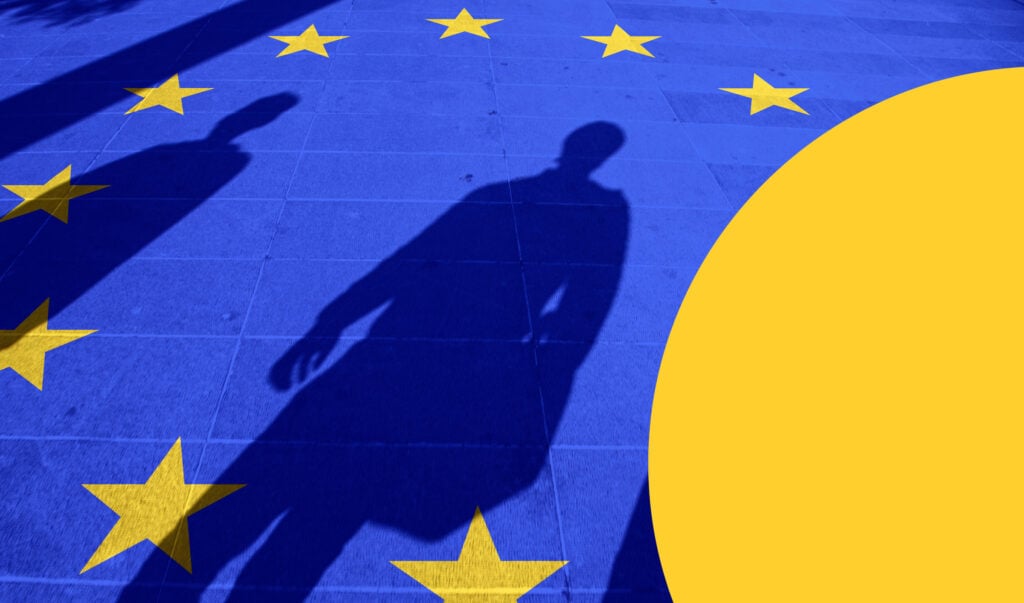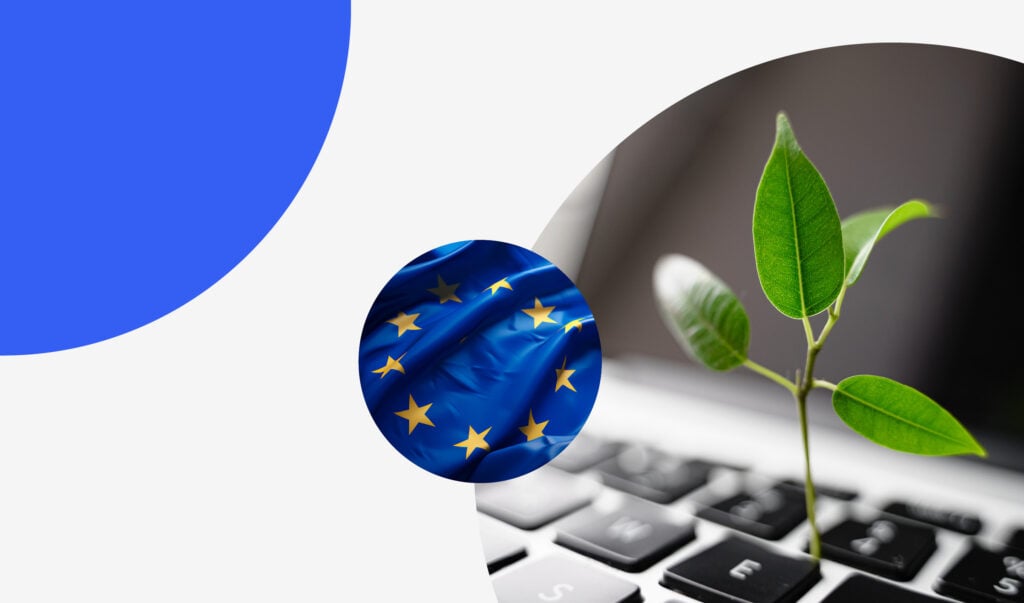Why Investors Are Now Valuing Supply Chain Transparency
Investor priorities are shifting. In 2024–2025, driven by regulation, ESG integration and risk sensitivity, investors are increasingly demanding that companies demonstrate visibility and accountability across their supply chains. In this new environment, transparency isn’t just good practice, it’s smart business.
The Investment Landscape Has Changed
The past decade has seen environmental, social, and governance (ESG) criteria evolve from peripheral considerations to central pillars of capital allocation. Today, supply chain transparency sits at the heart of this transformation.
As global supply chains grow more complex and interconnected, investors view opacity as a material risk, linked to regulatory non-compliance, social harm, and operational disruption. In contrast, companies that can demonstrate responsible, traceable supply chains are emerging as leaders in both resilience and value creation.
The Data Speaks: Quantifying Investor Sentiment
Recent data confirms that investors are embedding supply chain visibility into decision-making:
- PwC’s 2024 Global Investor Survey found that nearly three-quarters of investors rate supply chain governance as “very” or “extremely important.”
- Oritain’s 2024 Global Dealmakers Study revealed that 70% of dealmakers have made ESG more central to investment decisions. Notably, 60% of US investors have cancelled deals based on ESG findings tied to supply chains.
These figures underscore a broader trend: investors are no longer satisfied with sustainability commitments, they expect evidence.
The Visibility Gap
Yet, transparency is still limited beyond immediate suppliers:
- According to McKinsey, while 60% of companies have visibility into Tier 1 suppliers, only 30% can see beyond Tier 2.
- KPMG reports that supply chain complexity is rising, with 70% of companies rating their chains as “very” or “extremely” complex.
This visibility gap is now a red flag for investors focused on identifying hidden ESG risks across global operations.
Regulatory Drivers Reshaping Investment Decisions
UK Developments
In March 2025, the UK updated its Modern Slavery Act guidance, signalling a move from “minimum compliance to meaningful action.” Companies are expected to disclose not only their policies, but also the effectiveness of their actions—especially around forced labour and high-risk regions.
European Union Leadership
The Corporate Sustainability Due Diligence Directive (CSDDD), which took effect in July 2024, is a landmark EU regulation requiring large companies to identify, prevent, and address adverse environmental and human rights impacts across their own operations and global value chains. Raising the bar for supply chain governance, especially for companies with international sourcing, manufacturing, or labour exposure.
The CSDDD is already influencing investor expectations and business behaviour well beyond the EU, prompting companies globally to enhance supply chain visibility and prepare for more rigorous accountability.
Global Ripple Effects
Laws like the Uyghur Forced Labor Prevention Act in the United States require “clear and convincing evidence” that goods are not linked to forced labour. These frameworks are driving global standardisation, and the consequences of non-compliance are rising: reputational damage, exclusion from markets and loss of investor trust.
Investment Risk and Opportunity Framework
Supply chain transparency is now an essential risk management tool. Investors are seeking clarity on:
- Operational disruptions linked to environmental or social breaches
- Compliance risks across multiple jurisdictions
- Brand and reputational risks in an era of digital accountability
As Wellington Management noted, “Greater transparency enables investors to identify risks and opportunities… and mitigate disruptions before they escalate.”
Value Creation Opportunities
Equally, companies with transparent supply chains are seeing:
- Lower capital costs due to investor confidence
- Stronger brand equity and customer loyalty
- Enhanced business continuity through proactive supplier management
- Clear competitive differentiation in ESG-conscious markets
Advanced Due Diligence Methods
Modern supply chain transparency relies on robust data systems, including:
- Real-time sustainability data aggregation
- Digital documentation and traceability platforms
- Automated supplier risk scoring and monitoring
These tools are helping companies move from manual reporting to systematic, auditable transparency, a capability increasingly expected by institutional investors.
Meeting Investor Expectations
Today’s investors want more than statements. they want evidence. Companies must be able to show that their transparency practices are:
- Scalable
- Repeatable
- Independently verifiable
Technology platforms are now central to enabling this level of data integrity and governance.
Looking Forward: The Strategic Advantage
Investors are gravitating toward companies with strong ESG proof points. Transparency has become a strategic differentiator, while companies lacking it risk capital exclusion.
Clear disclosure signals that a business understands its supply chain risks and is proactively managing them. This builds trust, a key currency in today’s investment landscape.
Building Sustainable Systems
Sustainable supply chain transparency isn’t a one-time audit, it’s a process. Leaders are embedding transparency into business operations, using technology to:
- Automate data collection
- Standardise supplier assessments
- Prepare for evolving regulatory demands
The companies that succeed will be those that invest now in the systems and culture to sustain long-term transparency.
Conclusion: Transparency as Business Strategy
Supply chain transparency is no longer a ‘nice to have’, it’s a strategic imperative. For investors, it signals ethical integrity, operational control, and long-term resilience. For companies, it means access to capital, brand strength, and future-readiness.
As regulation tightens and investor expectations rise, the message is clear:
Transparent companies will lead the next generation of responsible growth.
Want to future-proof your supply chain?
Partner with Sedex to build transparency at scale across every tier, every region, every risk.
Sources
[1] Tradeverifyd: Supply Chain Transparency in 2025
[2] Oritain: ESG Driving Investment Decisions
[3] Osborne Clarke: Ethical Supply Chains and Investors
[4] Wellington: Importance of Supply Chain Transparency
[5] PwC Global Investor Survey 2024
[6] KPMG: Supply Chain Transparency 2024
[9–13] [UK, EU, and Global Regulatory Updates – Various Sources]
[16] McKinsey Global Supply Chain Leader Survey 2024
[19–22] [Eversheds, Segura, and Other Industry Reports]




